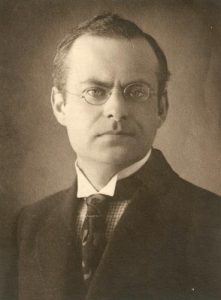
Generally speaking, when deciding on the next move, we need to improve our pieces or trade our opponent’s good pieces. For example, if my opponent’s queen is more active than mine, then I need to either activate my queen or force an exchange of queens.
Prophylaxis looks at this general principle from the other side. It is all about preventing your opponent’s attempts to improve or trade pieces. This is often important when you have an advantage and your opponent is doing everything possible to reduce that advantage.
To put it another way: every move my opponent makes can be treated as a puzzle which has been set for me. I have to think: why is my opponent doing this? What is the problem that I need to prevent?
Here is an example of prophylaxis from the game Zakharov – Dvoretsky, 1978. See moves and comments below: